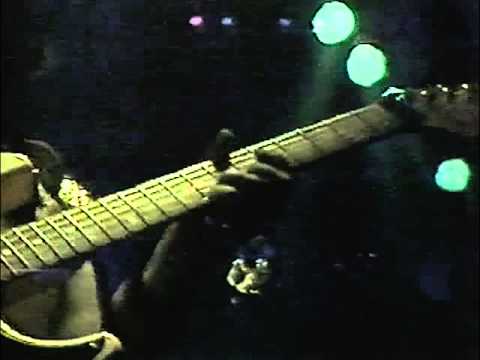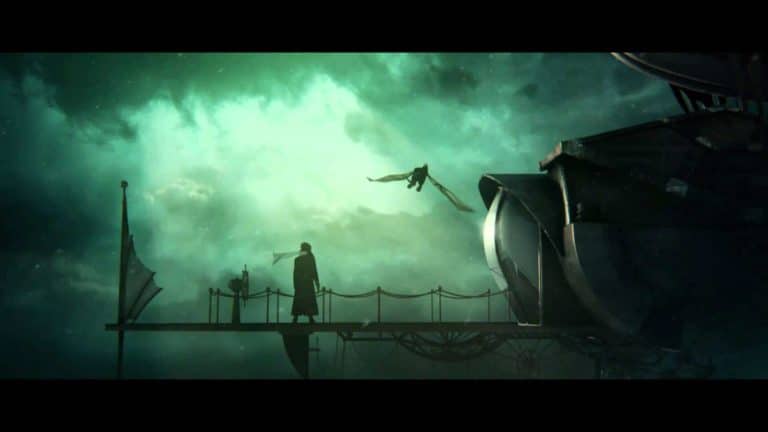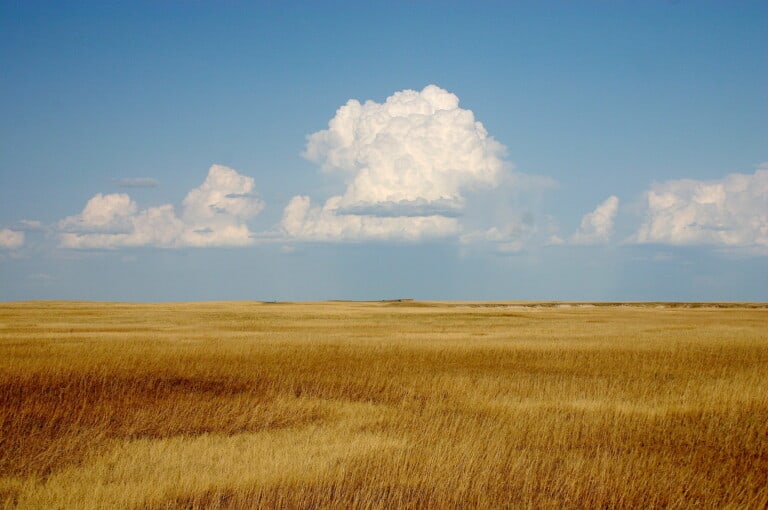Veteran of the Psychic Wars
“Veteran of the Psychic Wars” est une chanson du groupe de hard-rock américain Blue Öyster Cult, écrite par Eric Bloom et l’auteur britannique Michael Moorcock, qui se trouve aussi être le créateur d’Elric de Melniboné.
La chanson est sur l’album Fire of Unknown Origin, une version longue apparaît sur l’album Extraterrestrial Live et également dans la bande originale du film d’animation Heavy Metal de 1981.
L’expression “…veteran of a Thousand Psychic Wars” vient de la chanson “Standing at the Edge” du groupe Hawkwind, qui se trouve sur l’album Warrior on the Edge of Time (1975), et qui traitait également du mythe du Champion éternel.
Elric de Melniboné
Elric de Melniboné est un personnage de fiction, inventé par l’écrivain anglais Michael Moorcock et héros du Cycle d’Elric, écrit entre 1961 et 1972.
Inspiré par Zenith l’Albinos, le méchant de la série Sexton Blake, Elric est un albinos à la santé défaillante, ce qui l’oblige à consommer de nombreux remèdes jusqu’à ce qu’il trouve Stormbringer, une épée qui, en buvant les âmes de ses adversaires, est capable de lui redonner de la vigueur.
Dernier empereur de l’île de Melniboné en pleine décadence, il tente vainement d’y introduire des réformes, mais se voit finalement contraint d’amener sa chute à la suite de la félonie de son cousin Yyrkoon.
Tourmenté par le meurtre qu’il a lui-même commis de sa cousine et amante Cymoril, il parcourt par la suite son monde, ainsi que quelques autres mondes du Multivers, aux côtés de son fidèle ami Tristelune d’Elwher.
Le mythe du Champion éternel
Sur chacun des plans des millions de sphères du multivers, il existe une incarnation du Champion éternel qui, délibérément ou pas, est le gardien de la balance cosmique.
Chaque incarnation du Champion éternel est déchirée par le doute, la crainte, et souvent la culpabilité. Parfois, il recherche un être plus élevé qui commande les dieux lunatiques de la Loi et du Chaos.
Les différentes incarnations du Champion sont liées par divers points communs, par exemple leurs noms : celui de Jherek Carnelian rappelle Jerry Cornelius, et le nom complet de Corum, Corum Jhaelen Irsei, est une anagramme de Jeremiah Cornelius.
Michael Moorcock emprunte parfois à la mythologie ou à l’histoire pour nommer les champions éternels. Ainsi dans le multivers, Ulysse est une incarnation du champion éternel :
« Ryan, Hawkmoon. Powys. Cornell. Brian. Umpata. Soian. Klan. Clovis Marca. Pournachas. Oshbek-Uy. Ulysse. Ilanth.
Ma propre voix s’éleva soudain.
– NON ! JE SUIS SEULEMENT EREKOSË !
-Champion Eternel. Soldat du Destin ».
extrait de Les guerriers d’argent (The silver Warriors),1970.
extrait de Les guerriers d’argent (The silver Warriors),1970.
Heavy Metal
Heavy Metal est un film d’animation pour adulte, anthologie de diverses histoires de science fiction et de fantasy, adaptées du magazine Heavy Metal et d’histoires originales dans le même esprit. Sorti en 1981, il est mis en scène par Gerald Potterton et produit par Ivan Reitman et Leonard Mogel, qui était également l’éditeur du magazine Heavy Metal, qui est la base du film.





